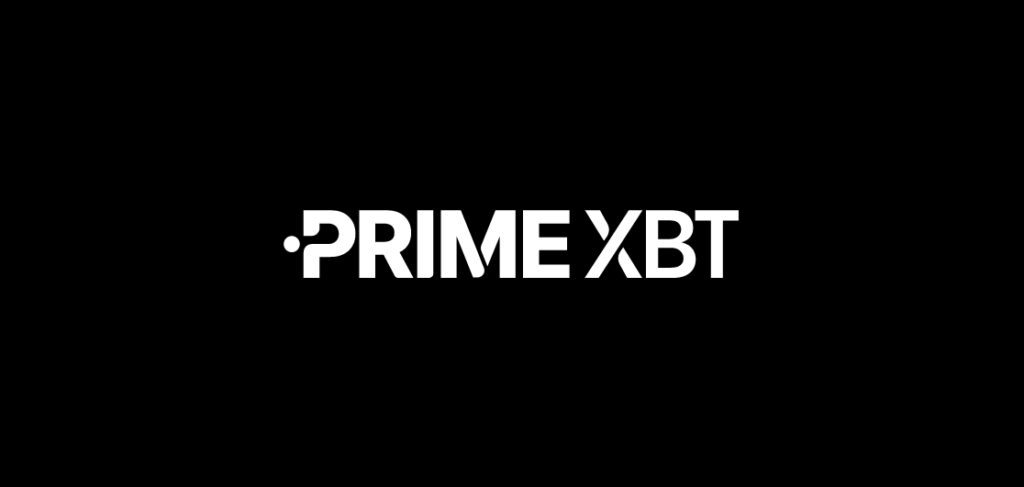Understanding PrimeXBT Spreads
PrimeXBT spreads are a critical factor that traders need to understand to optimize their trading strategies. This guide delves into the concept of spreads, how they affect your trades, and strategies to manage them effectively. Whether you are new to trading or an experienced professional, this article provides detailed insights into PrimeXBT spreads.

Introduction to Spreads
Spreads represent the difference between the bid (buy) and ask (sell) prices of a trading instrument. They are a key component of trading costs and can significantly impact profitability. PrimeXBT offers competitive spreads across a range of assets, including cryptocurrencies, forex, commodities, and indices.
Understanding how spreads work and their implications for trading is crucial for effective strategy development. Spreads can vary based on market conditions, liquidity, and the specific trading instrument.
- Bid Price: The price at which you can sell an asset on PrimeXBT.
- Ask Price: The price at which you can buy an asset on PrimeXBT.
- Spread Calculation: The difference between the ask price and the bid price.
- Variable Spreads: Spreads that fluctuate based on market conditions and liquidity.
- Fixed Spreads: Spreads that remain constant regardless of market conditions.
Spreads are influenced by several factors, including market volatility, liquidity, and the specific trading pair. During periods of high volatility or low liquidity, spreads may widen, increasing trading costs.
By understanding the factors that influence spreads, traders can better anticipate trading costs and adjust their strategies accordingly. This knowledge is essential for optimizing trading performance on PrimeXBT.
How PrimeXBT Spreads Work
PrimeXBT offers both variable and fixed spreads across its range of trading instruments. The type of spread available depends on the asset being traded and market conditions. Here’s a detailed explanation of how PrimeXBT spreads work:
Variable spreads fluctuate based on market liquidity and volatility. During times of high market activity, spreads may narrow due to increased liquidity. Conversely, during periods of low activity or high volatility, spreads may widen.
| Spread Type | Description |
|---|---|
| Variable Spreads | Spreads that change based on market conditions, offering potentially lower costs during high liquidity periods. |
| Fixed Spreads | Spreads that remain constant, providing predictable trading costs regardless of market conditions. |
| Market Liquidity | The availability of buy and sell orders in the market, influencing the width of the spread. |
| Market Volatility | Price fluctuations in the market that can cause spreads to widen or narrow. |
| Trading Instrument | The specific asset being traded, as different instruments have varying spread characteristics. |
PrimeXBT’s platform is designed to provide competitive spreads, ensuring that traders can execute trades at optimal costs. The platform’s advanced infrastructure and liquidity partnerships contribute to maintaining tight spreads even during volatile market conditions.
Traders should be aware of the spread type for each trading instrument and consider this when planning their trades. By understanding how spreads work, traders can optimize their entry and exit points and manage trading costs effectively.
Impact of Spreads on Trading
Spreads are a fundamental component of trading costs and can significantly impact profitability. The wider the spread, the higher the cost of entering and exiting trades. Understanding the impact of spreads on trading is crucial for developing effective strategies.
When trading with variable spreads, it is important to monitor market conditions and anticipate potential changes in spread width. Fixed spreads offer predictability, allowing traders to calculate exact trading costs in advance.
- Trading Costs: Spreads represent a direct cost of trading, affecting the overall profitability of trades.
- Market Entry and Exit: Wider spreads can increase the cost of entering and exiting positions, impacting trade timing.
- Strategy Development: Understanding spread dynamics helps in developing strategies that account for trading costs.
- Profit Margins: Tight spreads can enhance profit margins by reducing the cost of trading.
- Market Conditions: Spreads can widen during volatile market conditions, increasing trading costs and affecting profitability.
By factoring in the cost of spreads, traders can better manage their trading activities and optimize profitability. This includes choosing the right times to trade based on market conditions and understanding the spread characteristics of different trading instruments.
Effective spread management involves staying informed about market conditions and being aware of how spreads can affect trading costs. This proactive approach helps traders navigate the complexities of the market and enhance their overall trading performance on PrimeXBT.
Strategies for Managing Spreads
Effective spread management involves incorporating spread costs into your trading strategy to optimize profitability and minimize expenses. There are several strategies traders can use to manage spreads effectively on PrimeXBT.
One approach is to trade during periods of high liquidity, as spreads are typically narrower during these times. This strategy helps reduce trading costs and improve entry and exit points. Here are some detailed strategies for managing spreads:
- Trade During High Liquidity: Monitor market activity and trade during peak liquidity periods to take advantage of narrower spreads.
- Use Limit Orders: Employ limit orders to control the price at which you enter or exit a trade, potentially reducing the impact of wider spreads.
- Choose the Right Instruments: Select trading instruments with inherently tighter spreads to minimize costs.
- Monitor Market Conditions: Stay informed about market conditions and anticipate spread changes due to volatility or low liquidity.
- Adjust Trading Strategy: Adapt your trading strategy to account for spread costs, optimizing entry and exit points to enhance profitability.
Trading during high liquidity periods helps reduce the cost of spreads, as increased market activity typically leads to narrower spreads. Using limit orders allows traders to set specific entry and exit points, potentially avoiding the costs associated with wider spreads.
By selecting trading instruments with tighter spreads and staying informed about market conditions, traders can better manage their spread costs and improve overall profitability. Adapting trading strategies to account for spreads is essential for optimizing performance on PrimeXBT.
